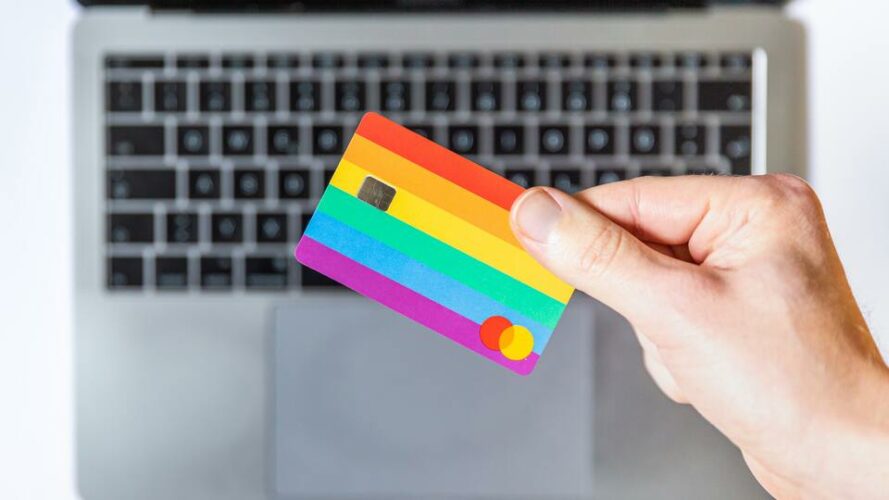Paying online is an essential feature of any e-commerce platform. And this could be provided with a payment gateway.
Nowadays, online payment has become a part of our everyday lives. The transactions that we make online are not only through tangible debit/credit cards anymore but also through other online methods such as net banking or e-wallet.
But what exactly is a payment gateway? Is it safe for your business? Is it necessary for retailers? Let’s read until the end to find out more about it.
Overview
What is a payment gateway?
A payment gateway (PG) is software used to authorise buyers to make online transactions through different payment options like debit/credit cards, e-wallet, etc. It captures and transfers payment data from customers to acquire banks (bank/financial institution that processes the payment on behalf of merchants) and then to retailers. A PG includes card readers in brick and mortar stores and payment portals in online stores.
How does it work?
PG is the front-end responsible for sending and receiving information from customers to acquire banks. It acts as the key element of the payment processing system. The procedure of a PG could be explained in 3 steps.

Step 1: After customers finish their shopping and proceed to check-out, they will be asked to fill in their information, then that information will be sent to PG.
Step 2: PG will send a request to the acquired bank for authorisation.
►►►► Please visit our products: digital banking, situation analysis, Shopify markets, Vietnam Photography Tour, Photography Tour Guide Viet Nam, supply chain operations management, fintech ai, Multi Store POS, Woocommerce POS, Mobile POS, White label POS, POS Reseller, Beauty Supply Store POS, Retail POS and Vape shop POS
Step 3: When payment is authorised, payment from customers will be transferred to retailers.
Differentiate Payment gateway and Payment method
While the payment gateway and payment method seem similar and are usually mistaken for one another, they actually mean different things.
PG works as the middleman between customers and retailers, it ensures that the transaction is securely carried out. During the payment process, PG job is to manage customers’ card information.
E.g. PayPal, Stripe, Worldpay
The payment method, on the other hand, is a technique that customers use to make purchases.
E.g. cash, cards (Visa, Mastercard, Amex), mobile payment, e-wallet, gift cards, store credits
Why does your business need a payment gateway?
If you run an e-commerce site, then PG is necessary. There is no other way to accept credit cards online without a PG.
Along with the rapid growth of online sales, customers and merchants are getting more and more concerned about cyber fraud. Therefore, implementing PG for your e-commerce is one of the best solutions.
Advantages of having PG:
Expand customer base:
PG enables customers around the world to have access to your store, hence expanding your customer base.
Secure transactions:
By using PG, sensitive data is encrypted and secured, so that both customers and retailers are protected. With secured payment transactions, your brand will gain more credibility and reliability from customers.
Faster process:
Unlike manual methods, PG is much quicker and verified on – the – spot without having problems like insufficient funds.
On the whole
Having a payment gateway for your online business is the way to stay competitive. And figuring out the right payment gateway is the key to success. The payment gateway is the link that connects retailers with the omnichannel journey that they are aiming at. With that idea in mind, POS providers understand the importance of payment gateway. Therefore, they integrate various payment gateways into their systems. ConnectPOS has partnered with numerous payment solution providers all over the world, such as Paypal Here, Moneris, Authorize.net.
If you are looking for a POS system that supports various types of payment gateway, contact us, ConnectPOS for more information.
